Weather
All Weather Content
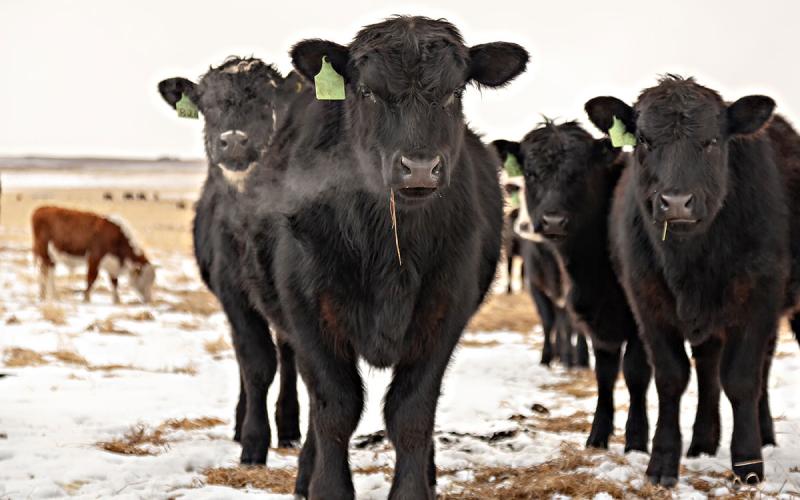
Keep Watch of Young Cows During Calving
Frequent observation of first-calf heifers and good recordkeeping around calving will give producers insight into which heifers are going to breed back and others that might need some extra care.
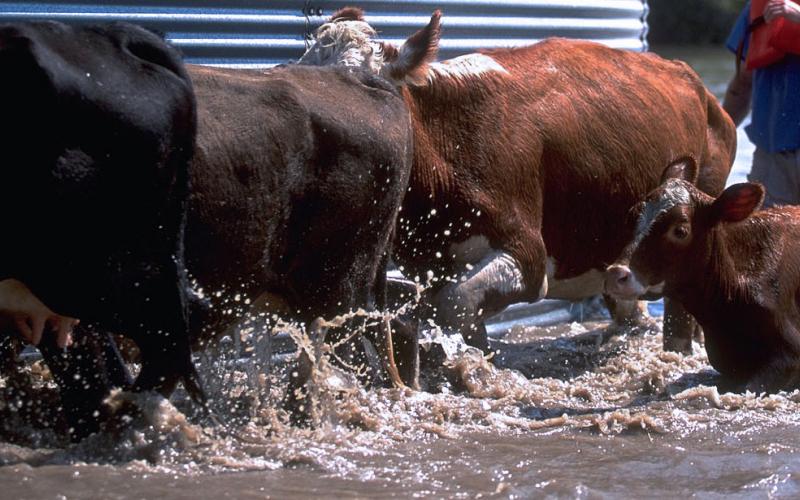
Managing Cow/Calf Pairs With Excess Spring Moisture
Flooding, blizzard conditions and excess snow can wreak havoc on livestock producers. While there is little one can do to stop the melting snow and rising waters, we can try to manage around the water by preparing alternative livestock and feeding areas.
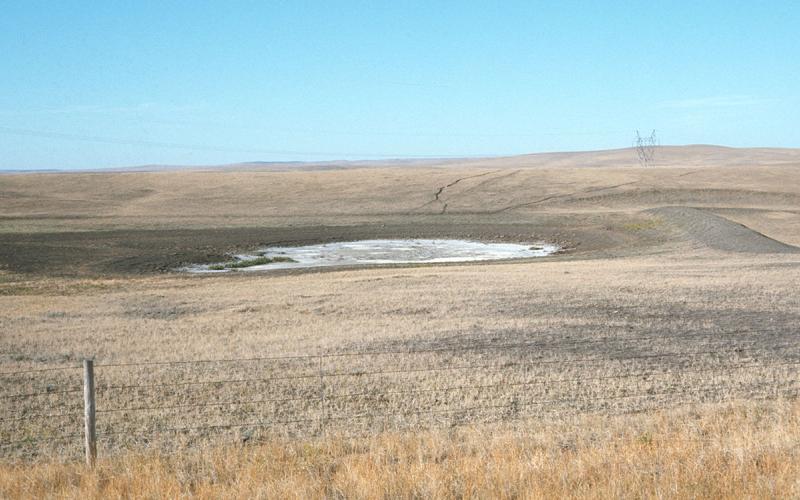
Can You Break the Hydro-illogical Cycle?
Regardless of the time of year, it is critical to start thinking about the next drought before we are in it. Learn some key strategies for breaking the Hydro-Illogical Cycle by leveraging drought motioning resources and creating a plan for your operation.
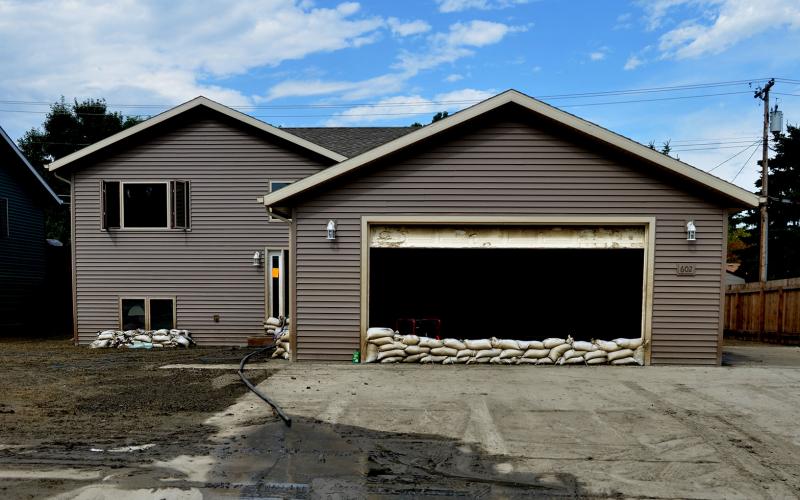
Cleanup in Your Home: After the Flood
When faced with disaster, one may not know where to begin or what to do when cleaning out our homes and businesses following a flood. To get started with this task, SDSU Extension has put together a list of resources to help start cleaning flood damages, personal belongings, and mold and mildew issues.
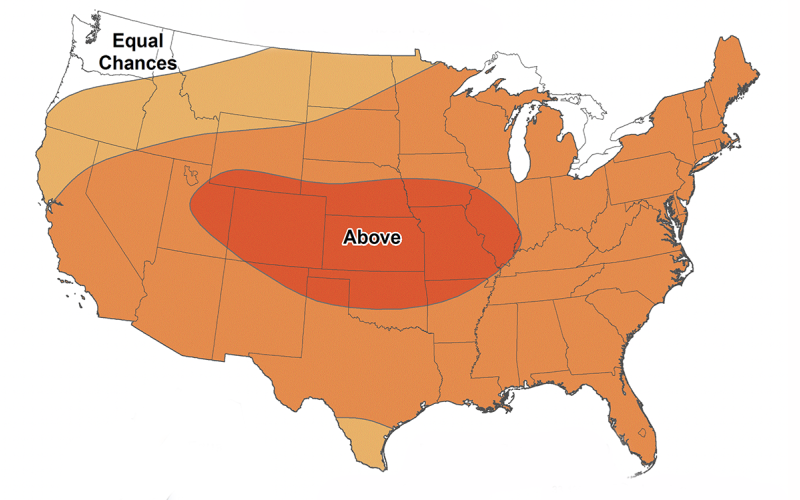
2022 Fall and Early Winter Climate Outlook
The warmth of September is likely to continue into October with odds leaning towards drier than average conditions according to the latest climate outlook released on September 15, 2022.

First Fall Frost Dates
The first fall frost often marks the end of the growing season, and many garden plants may not survive the freezing temperatures. Learn about some available tools we can use to predict the first fall frost dates around the state.
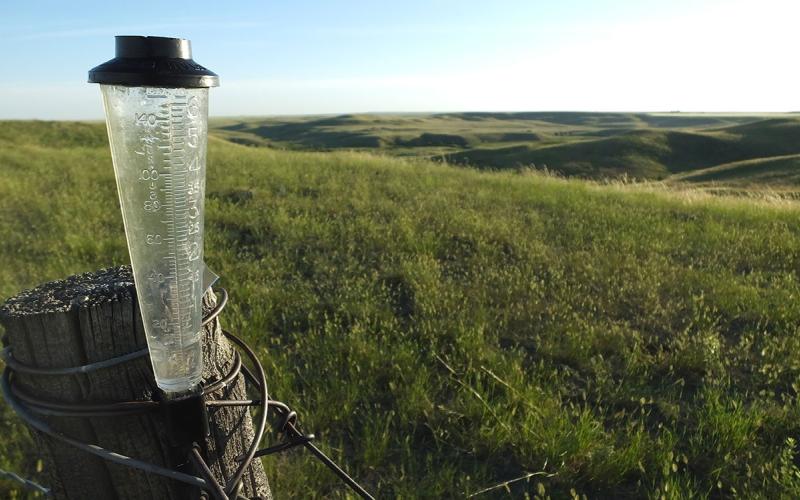
Five Range Management Principles: #5 Climate Ready
Understanding your ranching system is critical, and identifying anticipated soil-plant-animal responses during periods of dry, wet, or normal conditions will enable you to develop climate-ready practices. Learn how to get started today!
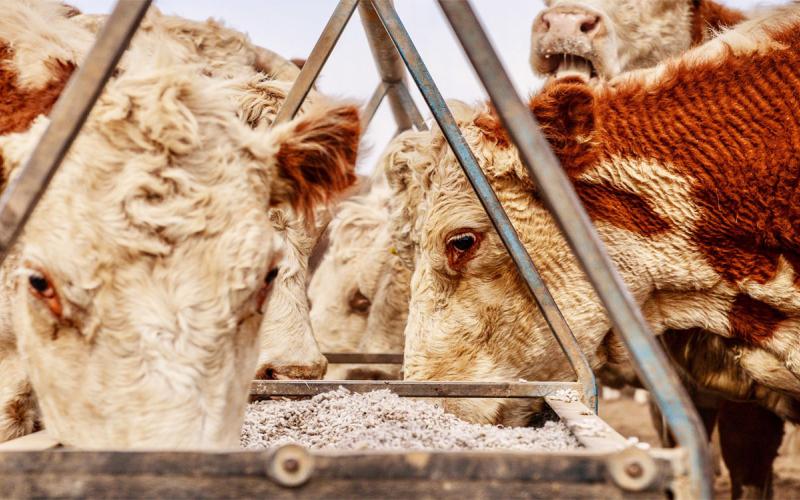
Livestock Tools for Managing Through Drought
As drought conditions continue, ranchers are faced with making some difficult decisions. South Dakota State University Extension offers multiple tools and resources that can be used to help make the best management decisions for your operation.
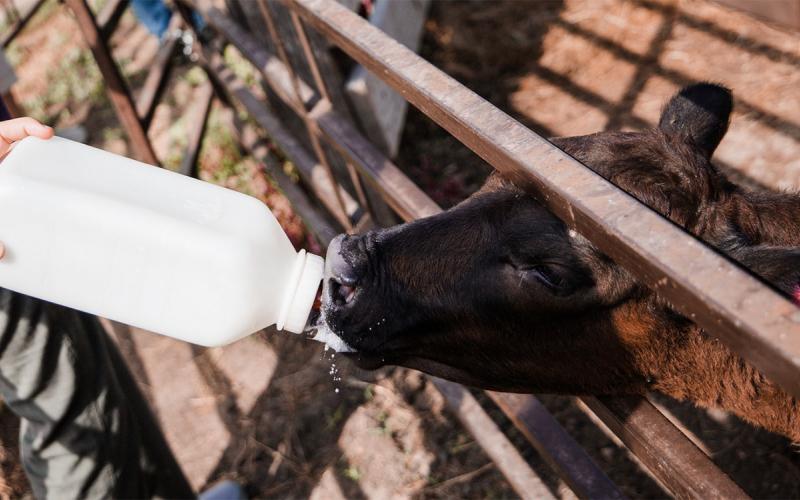
Managing Orphaned Calves
With careful management and proper nutrition, calves orphaned by challenging winter weather can perform similar to calves still on the cow.

Winter Cow Supplementation and Cold Stress
Extreme winter weather makes it challenging to meet a cow’s nutrient requirements. With below-normal temperatures come challenges of ensuring adequate nutrition and protection for livestock, including being prepared to provide additional feed and shelter.